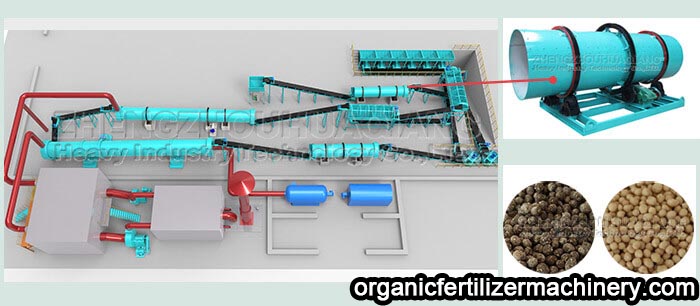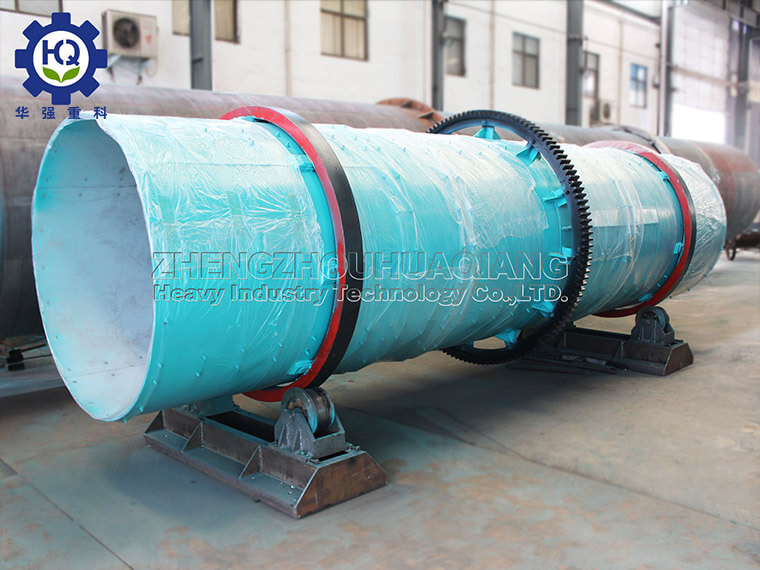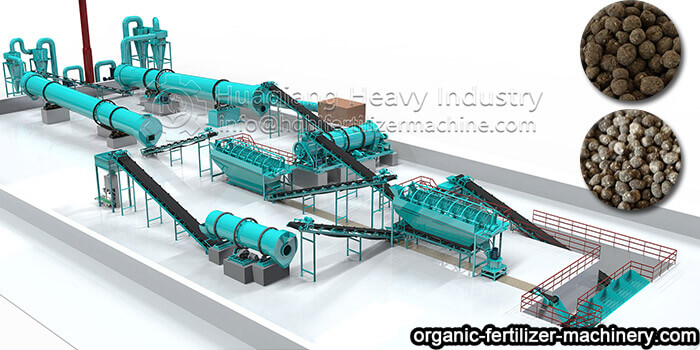If pig manure is directly returned to the field, it will burn the roots and damage the seedlings. Pig manure can be processed into organic fertilizer through fermentation, biogas, and biogas slurry. The complete set of pig manure organic fertilizer equipment processing organic fertilizer is a more suitable method for current breeding farms. The whole process is mechanized, with low investment costs and fast cost recovery. Our company’s complete set of pig manure organic fertilizer equipment is professional in processing pig manure, which can make pig manure undergo harmless fermentation treatment and become organic fertilizer, The organic fertilizer made from pig manure has a very high nitrogen content. Pig manure organic fertilizer can maintain fertilizer and water, prevent diseases and pests, and increase crop yield..jpg)
The pig manure organic fertilizer production line equipment is suitable for direct granulation of fermented livestock and poultry manure, sugar factory filter sludge, urban sludge, papermaking sludge, wine tanks, straw, peat and other coarse fiber organic waste with a moisture content of about 30%. It can produce pure organic fertilizer with spherical particles, organic-inorganic compound fertilizer, and bio organic fertilizer. How much does it cost to invest in small-scale organic fertilizer equipment to establish an organic fertilizer processing plant? The environmentally friendly organic fertilizer production line is a complete set of production equipment that uses fresh chicken manure, cow manure, pig manure, sheep manure, solid waste straw and other animal and plant residues as raw materials, and undergoes a series of processing treatments to produce natural organic fertilizers.
The price of organic fertilizer production line is mainly based on the output selected by the customer. The price varies depending on the equipment configuration. We will design a suitable organic fertilizer production and processing production line according to the customer’s needs in detail. We can also make appropriate plans based on the investment budget. The price of organic fertilizer production line varies with different output. It is recommended that customers consider the amount of organic fertilizer production they want to invest in before making further inquiries, and then inform the manufacturer of the raw materials used for processing and production. This will provide an approximate price range for everyone, and then select the appropriate equipment configuration for the organic fertilizer production and processing production line based on the expected investment.
.jpg)




.jpg)


